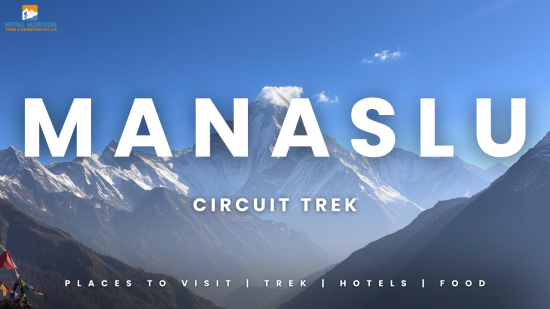Everest Base Camp Trek Difficulty
24th June 2019
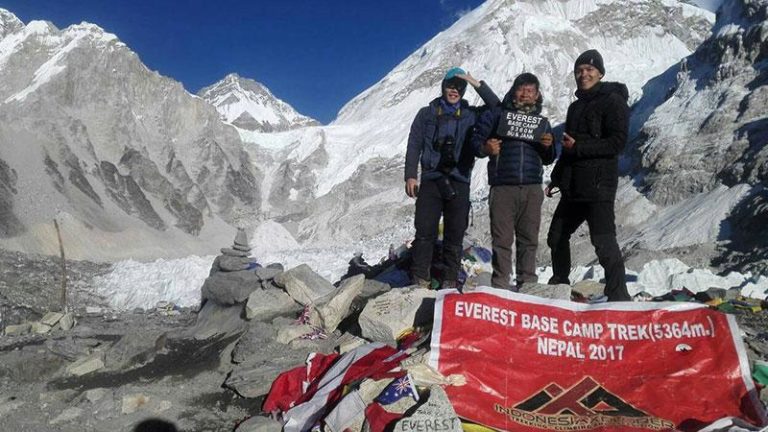
Quick Answer: Many Trekkers graded Everest Base Camp Trek Difficulty as Moderate to Challenging. Meaning, sometimes it is moderate and sometimes it is highly challenging. Mt. Everest – the highest peak in the world, is really mind-blowing to see from afar and even more delightful up close. However for adventurer, simply gazing Everest from far is not enough, they want to witness it right from its lap.
t is not easy to reach the base camp; there are many physical and mental factors to be considered before making a trip to the base camp. With no road connections, the only way to reach the base camp is by trekking through the Khumbu valley from Lukla. However, if you can afford the Helicopter – it takes 1 hour to get to the base camp. Depending on your itinerary, acclimatization period and side trips, you have to walk for 10 - 12 days (excluding the time spend in Kathmandu – arrival, departure and sightseeing trips). Though trekking for 10 -12 days can be challenging for novice hikers, you don’t technical skills and previous experience to hike to the Base Camp. Also regardless of age and size, anyone can enjoy the trek to the Base Camp. We have seen lots of old and young trekkers who comfortably accomplished their journey to the base camp. Well that being said, there are certainly some factors that make Everest Base Camp Trek really difficult – altitude, length, terrain and training.
Everest Base Camp Trek Difficulty – Altitude
Without doubt, the most difficult part of Everest Base Camp Trek is its altitude. The high altitudinal profile of EBC makes the trek really long and taxing. Everest Base Camp starts from Lukla which is about 2,800m above the sea level. This altitude is already high enough to victimize you with the mountain sickness. The trek then makes a gentle climb high up to the base camp at 5,364m. Kalapatthar at 5545m is the highest altitude that you will gain during the trek. Meaning, you will gain about 3,000m within 12 days. The key to avoid the difficulty of altitude is to walk on slow pace and stay hydrated. Always make sure that your Everest Base Camp Trek itinerary includes the acclimatization period of at least 2 nights: one at Namche and another at Dingboche. The acclimatization ensures that your body adopted the thin atmosphere of high altitude. An acclimatization halt doesn’t mean that your entire day goes in vain – you will explore the surrounding areas and landscapes. Mountain expert suggests remaining active through the day for proper acclimatization. So we climb high and sleep low. Always remember to get a medical advice before starting your trek at high altitude and get info about the altitude sickness so you can know about its symptoms and treatments. Also consult your doctor if you have pre-existing medical conditions like blood pressure, diabetes, heart problem and asthma. It is also very important to know that your fitness doesn’t means you stay out of altitude sickness. Regardless of age, gender and fitness, anyone can be the victim of altitude sickness.
Everest Base Camp Trek Difficulty - Length
The roughly estimated length of Everest Base Camp Trek is about 130km (round trip). The trek starts at Lukla and your 65km long journey begins via rough and rugged terrain to the base camp. Though 65km hike is easily conquered by even inexperienced trekkers, the rigorous tracks with numbers of steep ups and downs will present you at a great challenge. Some may even feel of quitting in the first day of trek. On standard 14 days Everest Base Camp Trek itinerary, you will walk for 12 days covering roughly 15km a day. The walking time per day varies from 5 – 7 hours; depending on the point you are walking to.
Training
You don’t need to be an athlete for Everest Base Camp Trek. A good level of fitness with some determination is enough for this trek. The altitude, length and rigorous terrain are sure to throw you some challenging on a trail. So it is wise to prepare yourself for the tough days. You must build up the ability to walk for 6 hours a day with light backpack. Here are training tips you can follow for Everest Base Camp Trek:
- Best tips: The best way to prepare for the hike is to hike. So walk out to the nearby hill and hike for 5 – 6 hours a day. Start small and gradually stretch your walking hours. You must walk for at least two – three weeks to completely prepare your body for EBC trek.
- Good Tips: Hit the gym. You should focus on enhancing your body and leg strength. Squads for leg, free weight for body and cardio for endurance. You can also include Jogging, swimming, rowing to build up for strength and endurance capacity.
Combine both physical activities for best results.
Final Say
Don’t panic seeing its whopping altitude. With some preparation and good guidance, the challenging and tough days during Everest Base Camp Trek can turn into a beautiful memory of your life. It’s Everest, world highest peak and the difficulties worth it. As you reach the base camp, you will quickly realize the why people are so eager to get the lap of Everest. Many calls EBC Trek as the step to the heaven. Imagine a series of world’s highest peak standing right in front of you. A dreadful Khumbu Ice Fall and long fabled Khumbu Glacier – simply dramatic sceneries. Mt. Everest, Mt. Cho Oyu, Mt. Lhotse and Mt. Makalu four highest peaks seen during trek. Mt. Nuptse, Mt. Ama Dablam, Mt. Changtse, Mt. Lingtren and Khumbutse come under honorable mentions. Besides, countless 6,000 & 7,000m+ peaks crowd your horizon.
Recent From Blogs
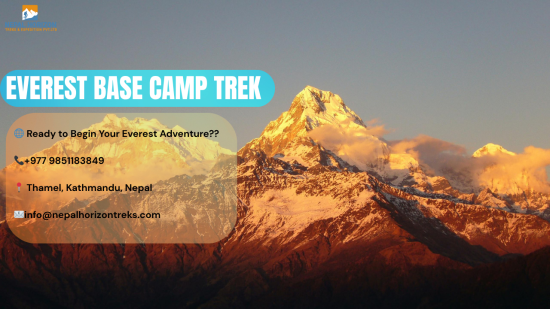
28th October 2025
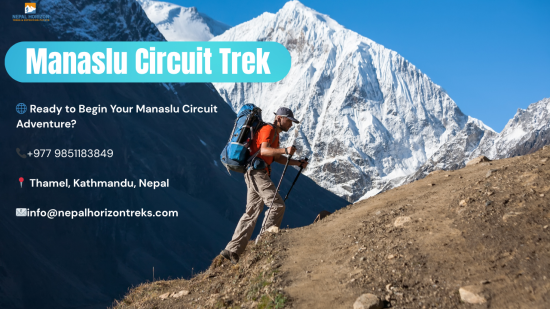
25th October 2025
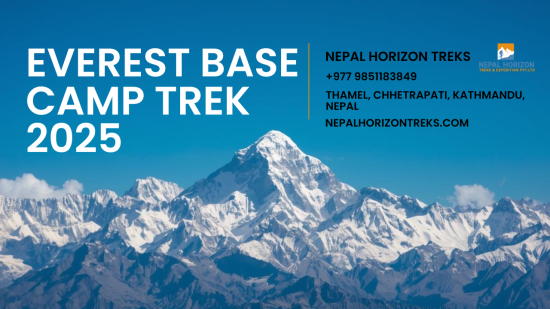
24th October 2025
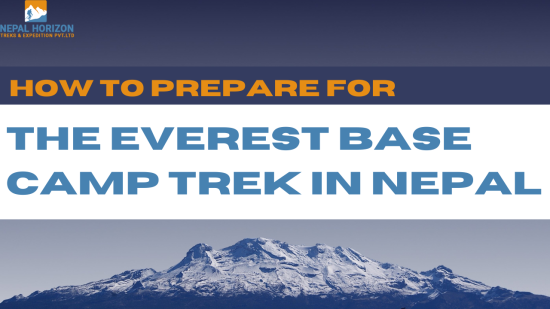
18th October 2025
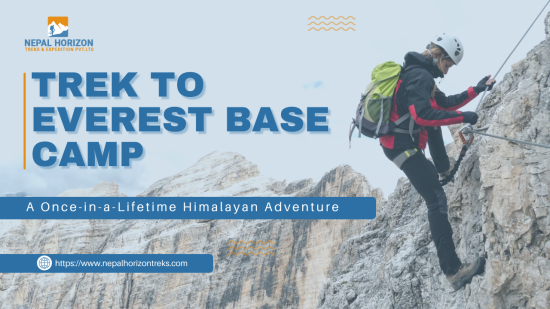
14th October 2025

12th October 2025

10th October 2025

7th October 2025


